The magnificent dining room at The Ritz dates back to 1906, all marble and gold leaf, thick carpet and fine mirrors. It is surely the grandest dining room in London, and showcases the best of classical French cooking. There is a wide range of menu options, from £82 for a three-course menu to a five-course tasting menu at £177 and a seven-course tasting menu at £197, as well as full a la carte options. I have written previously about the extensive wine menu.
The meal today began with a series of canapes. Parmesan mousse with Kalamata black olive and basil was accompanied by duck liver parfait with sour cherry and gingerbread. This was followed by little pate de brik tartlets of beef tartare covered with a layer of oscietra caviar, the combination of beef and the natural seasoning of the caviar being a clever touch. The last canape was a raw Isle of Mull scallop in a thin jelly made from rice wine, topped with fresh fennel pollen, hyssop flowers and shiso flowers. A dressing is then poured over the scallop discs, a bergamot dressing made from soy sauce, olive oil, salt, sugar and citrus. This is a particularly pretty dish that has lovely freshness, the natural sweetness of the scallop balanced carefully by the other elements (canapes easily 18/20).
Ballotine of duck liver is an old favourite here. The duck liver from Landes is de-veined and then marinated in salt, sugar, pink salt, pepper, port, Sauternes wine and Armagnac. It is served with a damson gel, a little salad of micro leaves and alongside is a pistachio Bakewell tart. This is a dish with few elements and so precision is important. Here the duck liver ballotine had superb, silky texture and deep liver flavour that was carefully balanced by the acidity of the damson and the fresh leaves. The pistachio tart on the side adds a further textural element. This is top-class cooking (19/20).
Heritage potato with oyster is a relatively new dish in this dining room, and it is a cracker. Heritage potato is cooked in kombu and wakame seaweed butter until it is tender. The ring of potato pieces surrounds a Loch Ryan oyster that is poached lightly in champagne and dressed verjus glaze, chive curls and cornflowers. The dish elements rest in a crème cru sauce made by reducing shallots, kombu, peppercorns and white wine. Finally, the dish is topped with a golden potato tuile and a little chive oil. This is a pretty dish that manages to extract remarkable flavour from the humble potatoes. The briny flavour of the oyster is nicely matched by the earthiness of the potatoes and the sauce neatly brings these elements together. I am always impressed by a kitchen that can do something special with relatively humble ingredients. It is one thing to grill some magnificent beef or turbot, but to make something special out of potatoes takes talent (19/20).
A new dish was native lobster with spiced carrot and lemon verbena. The lobster was poached in aromatic butter infused with lemon verbena, vanilla and cardamom. This was served alongside spiced carrot puree and a carrot tuile. A sauce was made from scallop skirts, lobster shell, vermouth and more lemon verbena. Alongside was a spiced lobster barbajuan, with diced lobster knuckle bound with sauce Americaine wrapped in the barbajuan pastry. The latter is a delicacy of the south of France, especially Monaco, that usually has a filling of Swiss chard, spinach and ricotta instead of lobster. The lobster was tender with very good claw meat, and the carrots provided a pleasing contrast to the seafood. I particularly liked the little barbajuan with the touch of gentle spice to enliven the lobster. I think that lobster is a tricky ingredient to make really thrilling, especially in comparison with langoustine, but this was certainly a very good dish (17/20).
The main course was Bresse chicken served en vessie, in other words inside a pig’s bladder. This technique was popularised by Paul Bocuse and certainly adds a theatrical flourish as the bladder is presented and cut open at the table, releasing the cooking aromas. This was not just any old poulet de Bresse but was from Mieral farm, which has been running since 1919 and has won awards as the very top producer in Bresse. This is the crème de la crème of chickens, if you will. The breast was served with a supreme sauce (a velouté of chicken stock thickened with roux and then reduced with cream and strained through a sieve) and finished with vin jaune. Alongside was pilaf rice and salt-baked celeriac with girolles, celery, lovage and turnips. As a final touch, there were shavings of white truffle from Umbria to add a little evocative earthy fragrance. The chicken breast had lovely flavour and was flawlessly cooked, and I particularly liked the salt-baked celeriac on the side. The chicken legs appeared as a second serving with further white truffle. Bresse chicken has a subtle but milder flavour than some (such as Landes chicken) and so the bold flavour of the celeriac was an excellent foil to the meat. Paul Bocuse would have been happy with this dish (19/20).
Pre-dessert was mandarin segments that had been marinated in vanilla syrup and a little gin (Monkey 47, gin from the Black Forest made from 47 botanicals). The dish was completed with Moscato d’Asti foam and mandarin sorbet. The sorbet had lovely texture and the foam worked well, the Moscato d’Asti bringing freshness. Pre-desserts should be refreshing and this certainly fitted the bill (17/20).
The final dessert was a Mont Blanc with caramelised pear and rum. A vanilla sable tart was served inside a baba that had been soaked in rum, along with caramelised pear, chestnut mousse and chestnut Chantilly piped on top. This was accompanied by meringue sticks with a mixture of caramelised pear and marron glace. The dish was completed with chestnut Chantilly, almond brittle, rum ice cream and buckwheat tuile. This was a lovely seasonal dish (18/20). Petit fours were a dark chocolate and hazelnut praline, salted caramel, vanilla macaroon and grapefruit pate de fruits. The last offering was a tray of dark chocolate ganache with salted caramel.
Service was very slick and the bill came to £453 per person for the full tasting menu and plenty of nice wine. However, you could eat for much less if you opted for the three-course menu at £82 and shared a modest bottle of wine, perhaps £150 per person or even a little less. This was another superb meal at the Ritz, which for me is serving the best food in London at present.
BookFurther reviews: 24th Sep 2023 | 26th Jun 2023 | 10th May 2023 | 08th Mar 2023 | 09th Dec 2022 | 04th Nov 2022 | 30th Sep 2022 | 20th Jul 2022 | 24th Jun 2022 | 15th Apr 2022 | 08th Feb 2022 | 14th Dec 2021 | 06th Dec 2021 | 22nd Oct 2021 | 14th Oct 2021 | 25th Jun 2021 | 25th May 2021 | 15th Oct 2020 | 28th Aug 2020 | 31st Jul 2020 | 29th Feb 2020 | 19th Nov 2019 | 25th Oct 2019 | 30th Sep 2019 | 30th Aug 2019 | 16th Jul 2019 | 18th Apr 2019 | 12th Mar 2019 | 26th Sep 2018 | 01st Aug 2018 | 04th May 2018 | 20th Apr 2018 | 13th Feb 2018 | 11th Dec 2017 | 02nd Feb 2017 | 15th Jun 2016 | 27th Jan 2016 | 26th Aug 2015 | 28th Feb 2015 | 21st Dec 2013 | 24th Aug 2013 | 30th Apr 2013 | 29th Dec 2011 | 01st Feb 2011 | 01st Dec 2010








































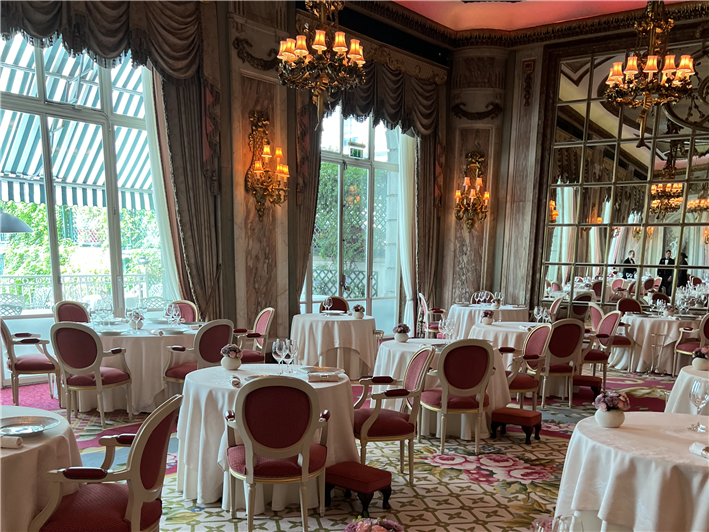

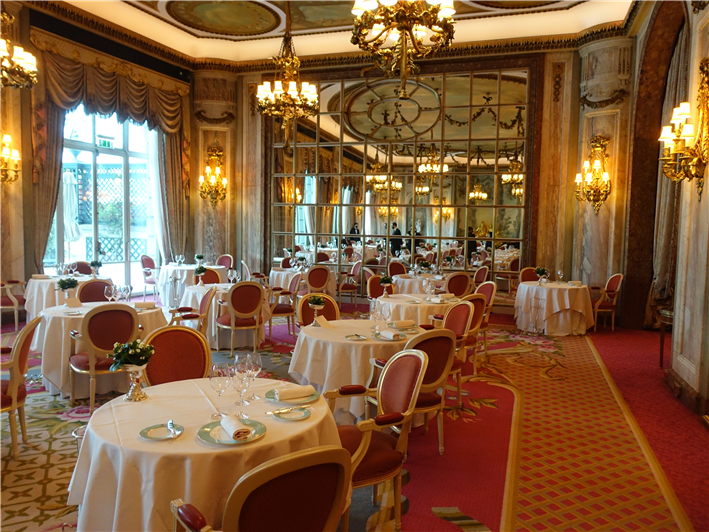
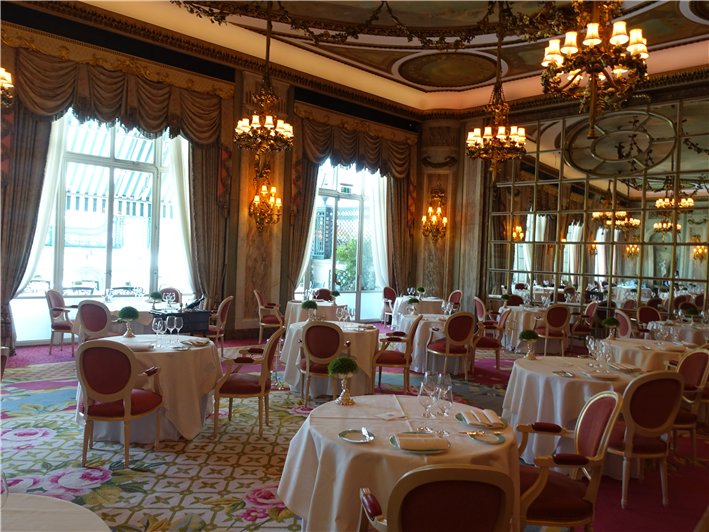
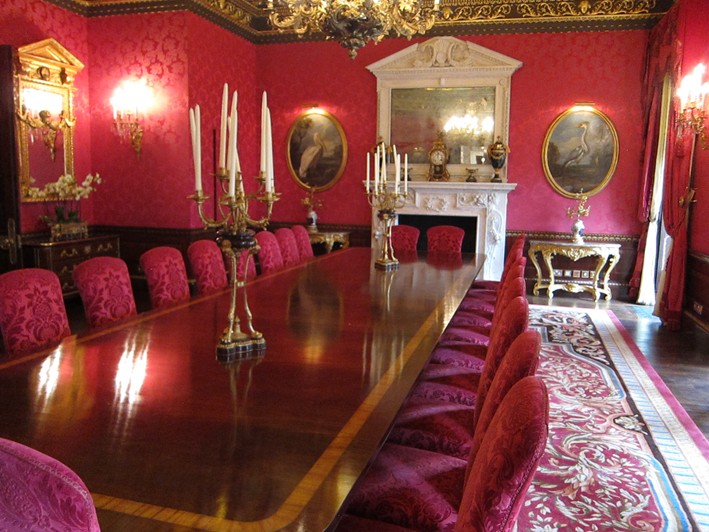




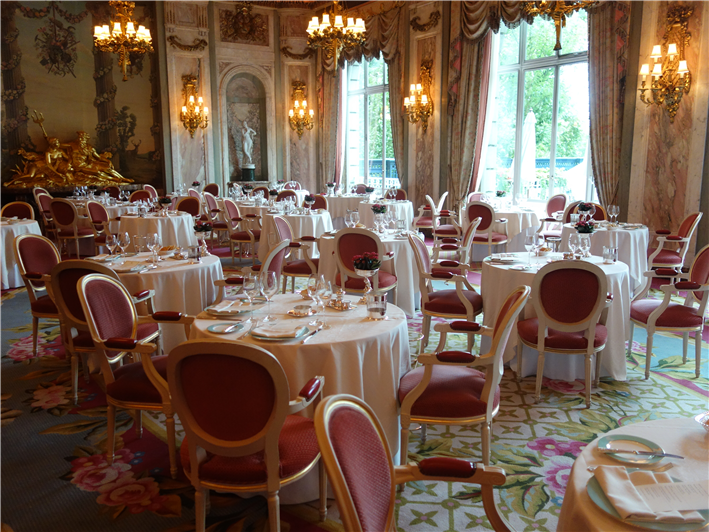
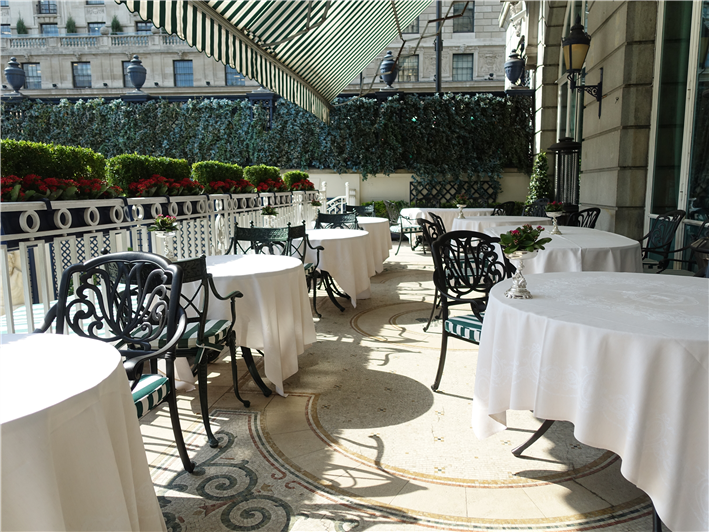
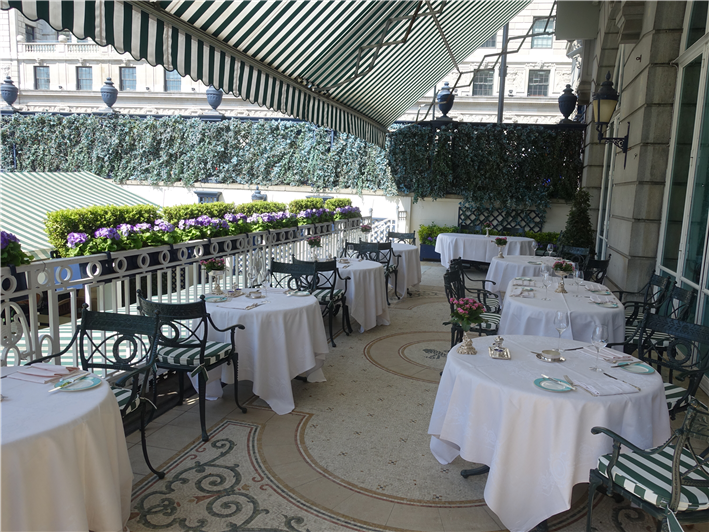
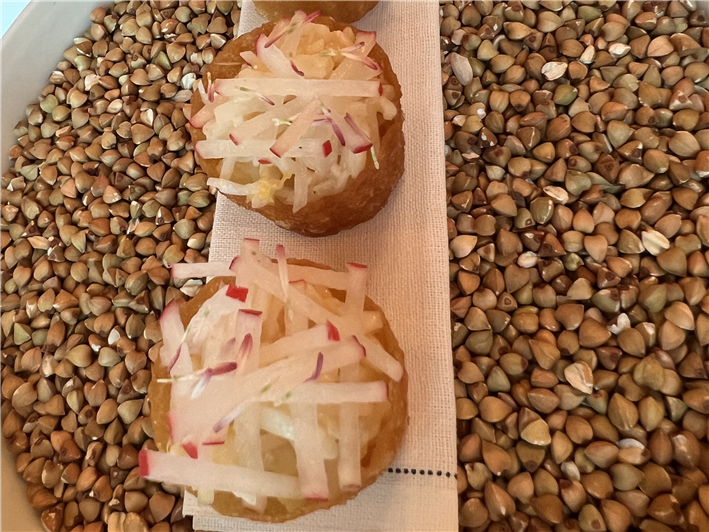
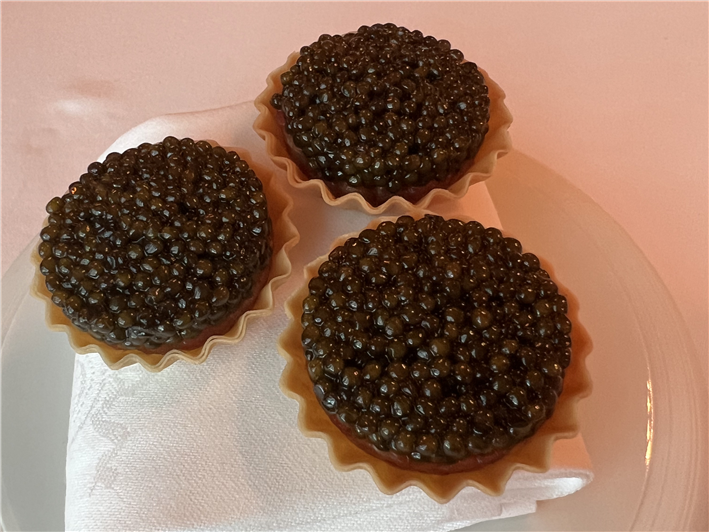

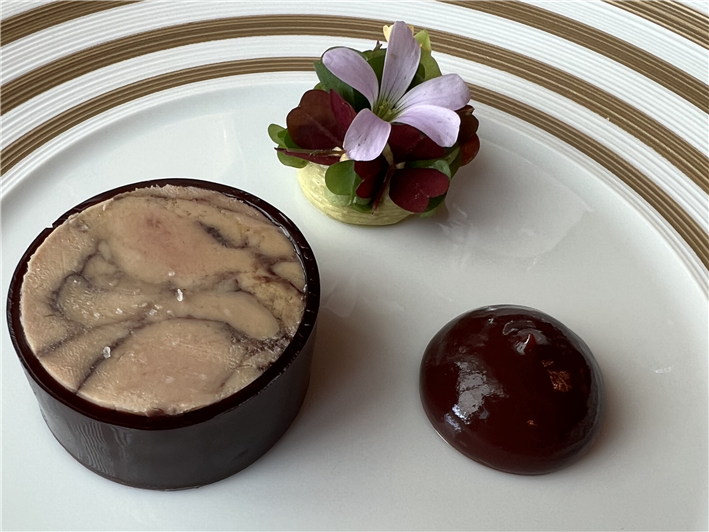


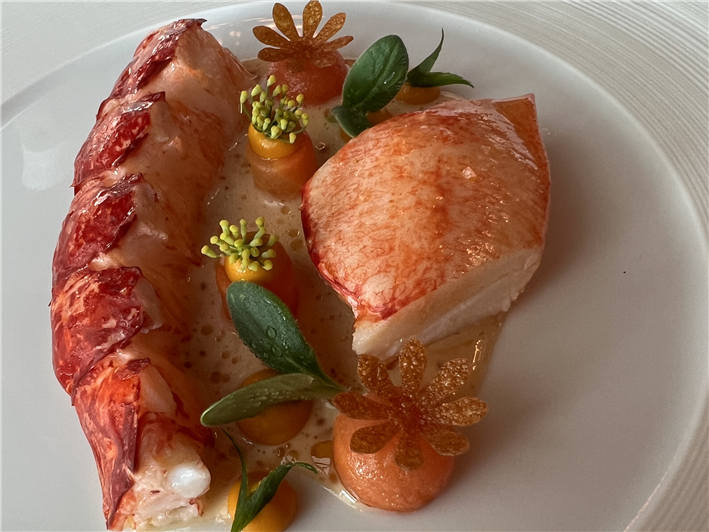
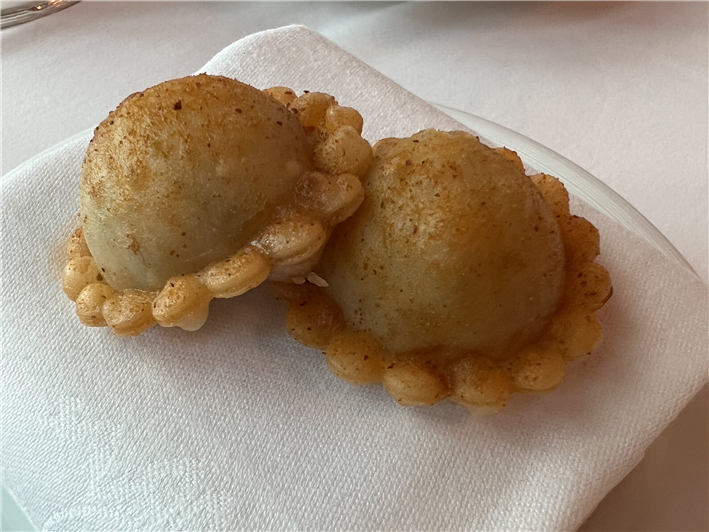

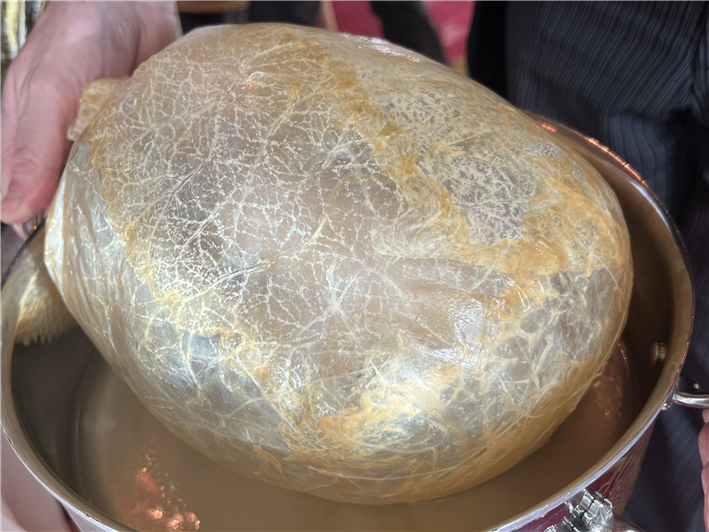
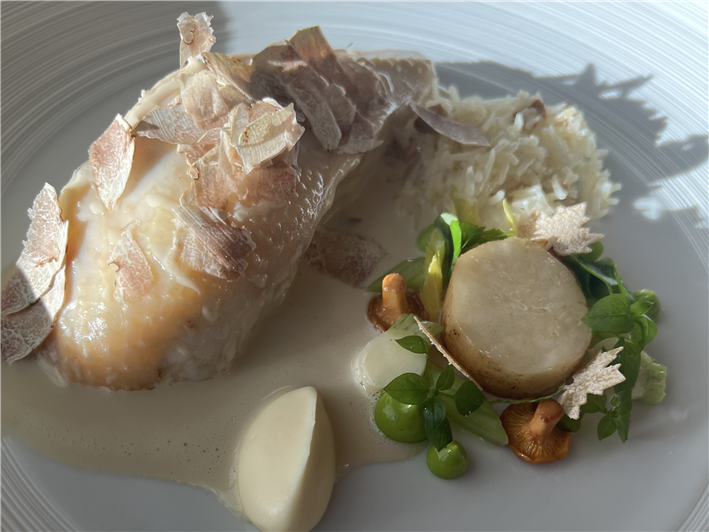
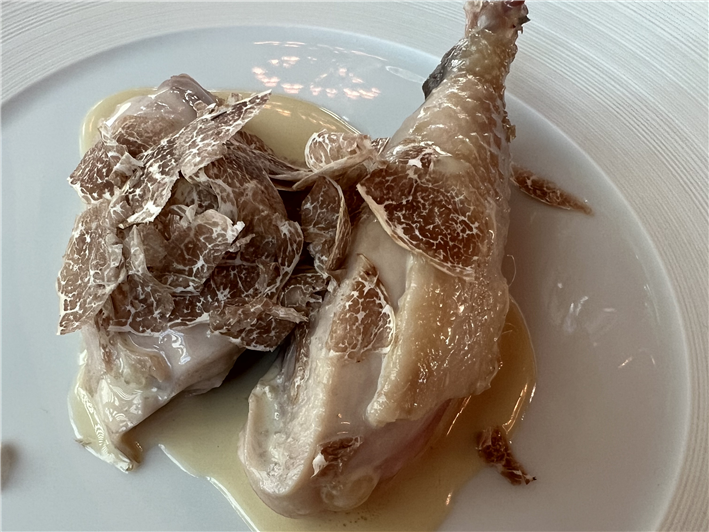

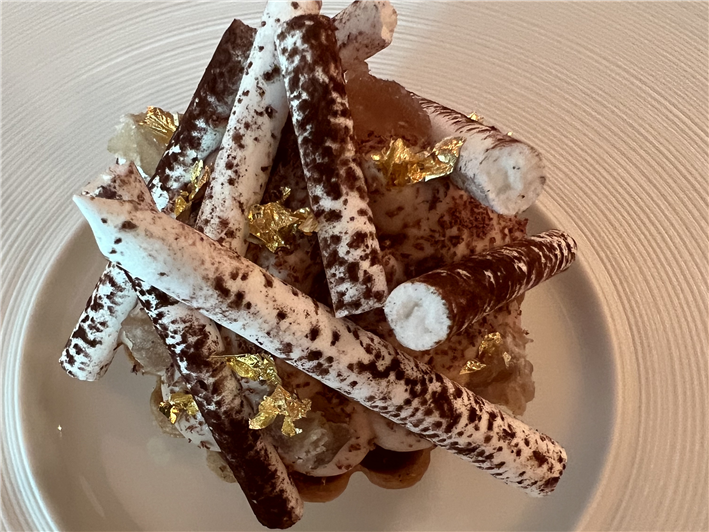
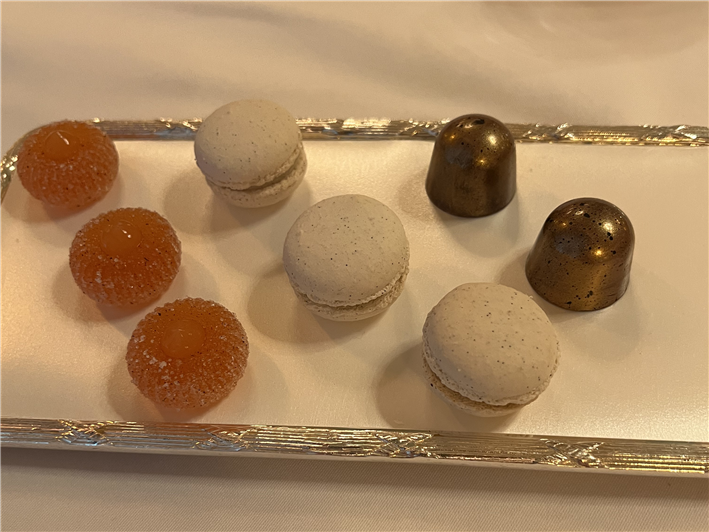
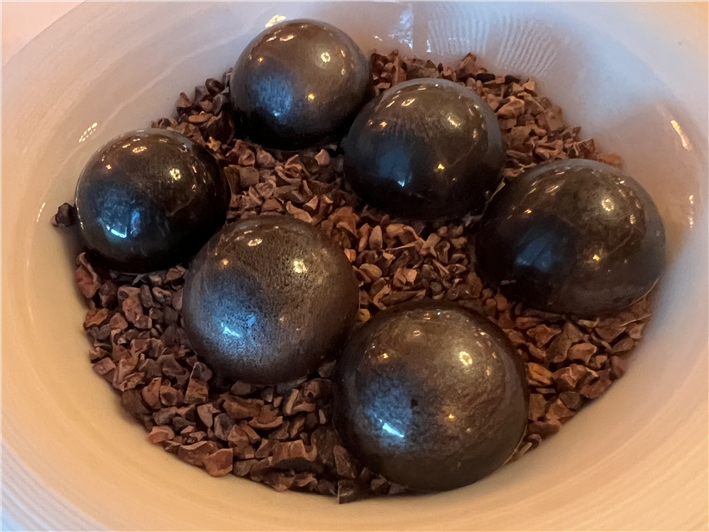

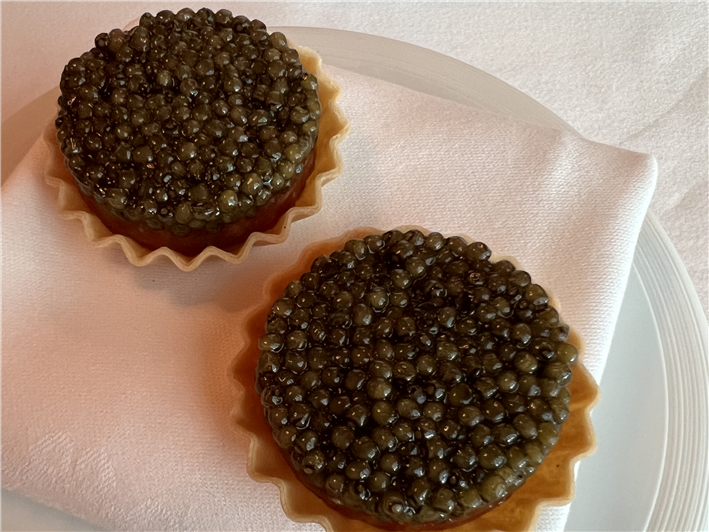
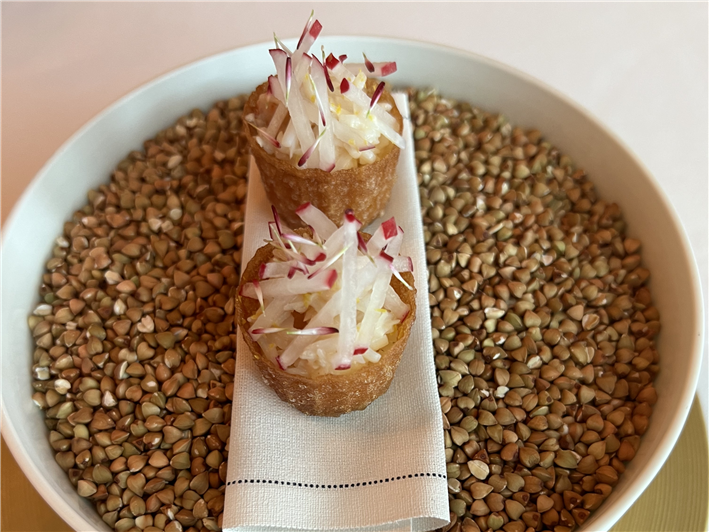
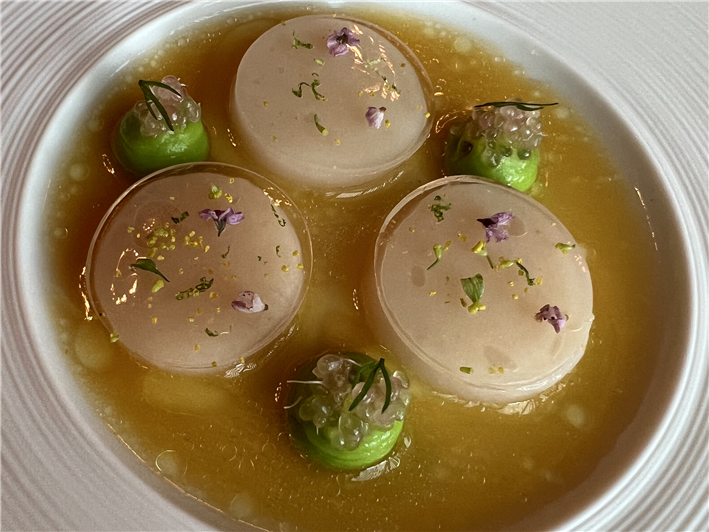
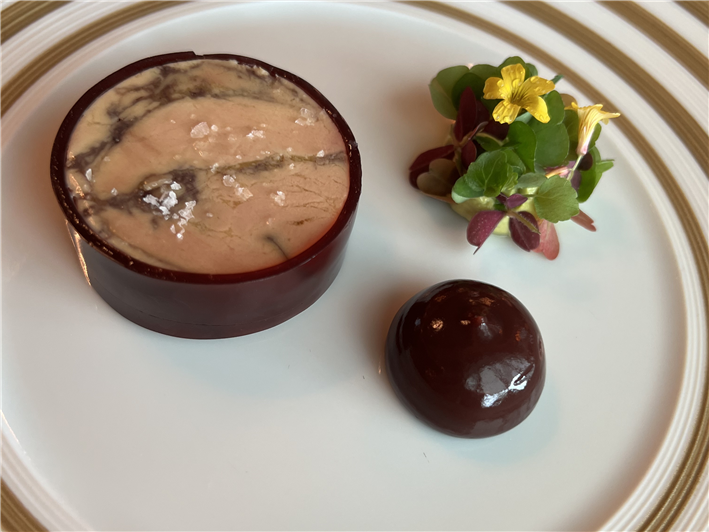
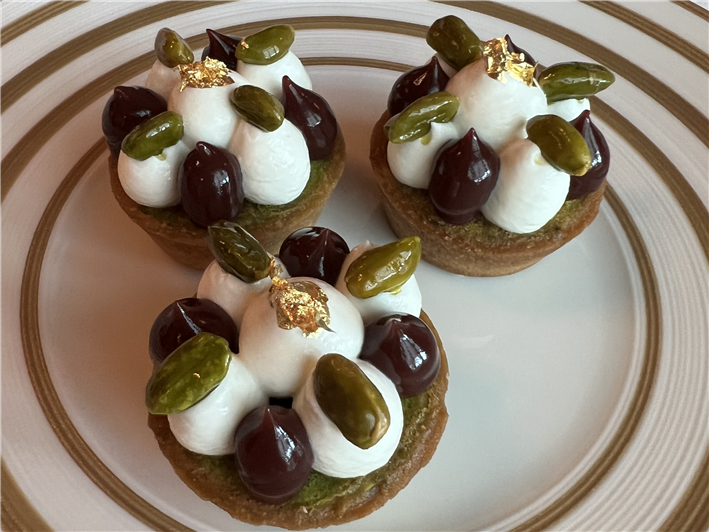
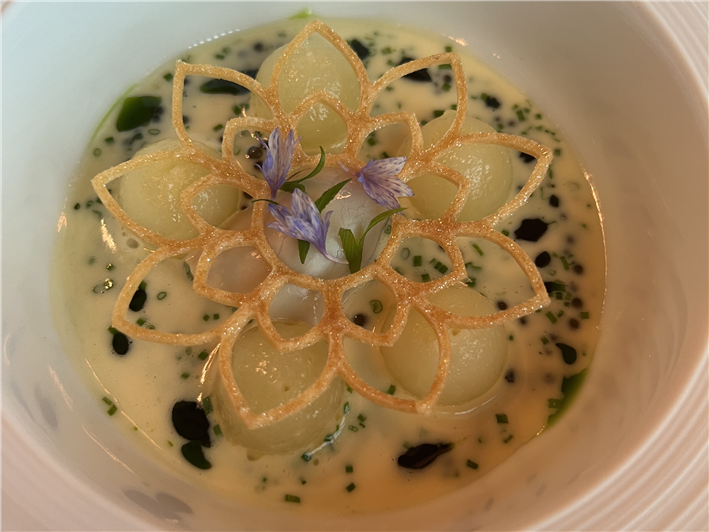
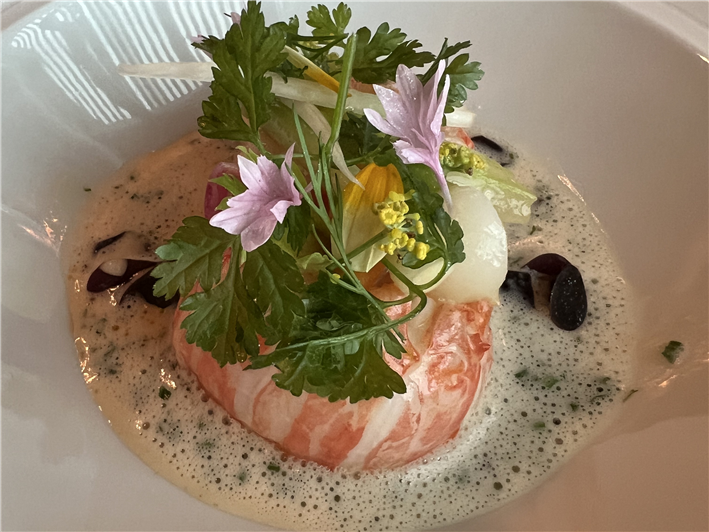

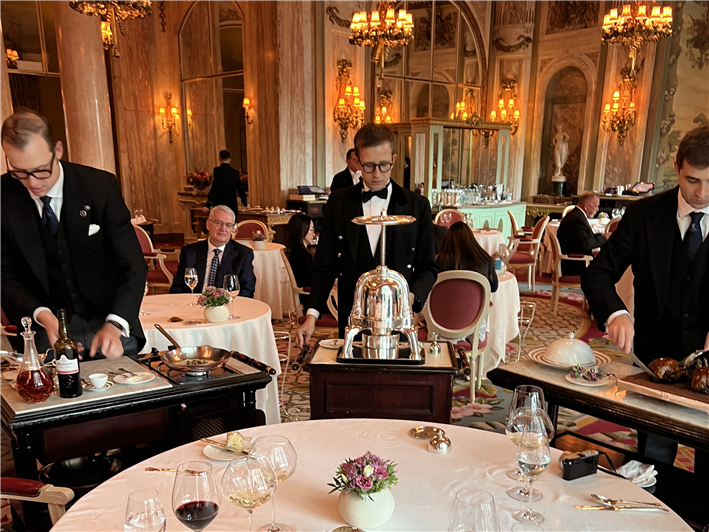
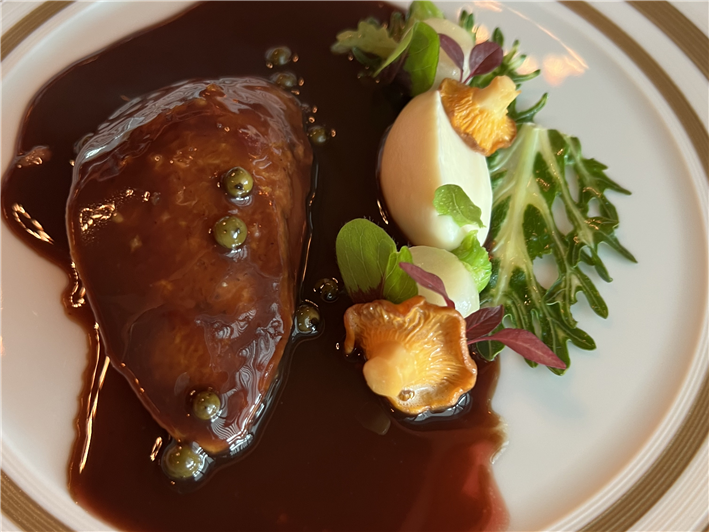

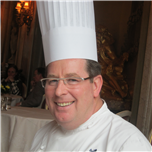
Add a comment
Thank you for submitting your comment, this will be checked and added to the website very soon.
User comments